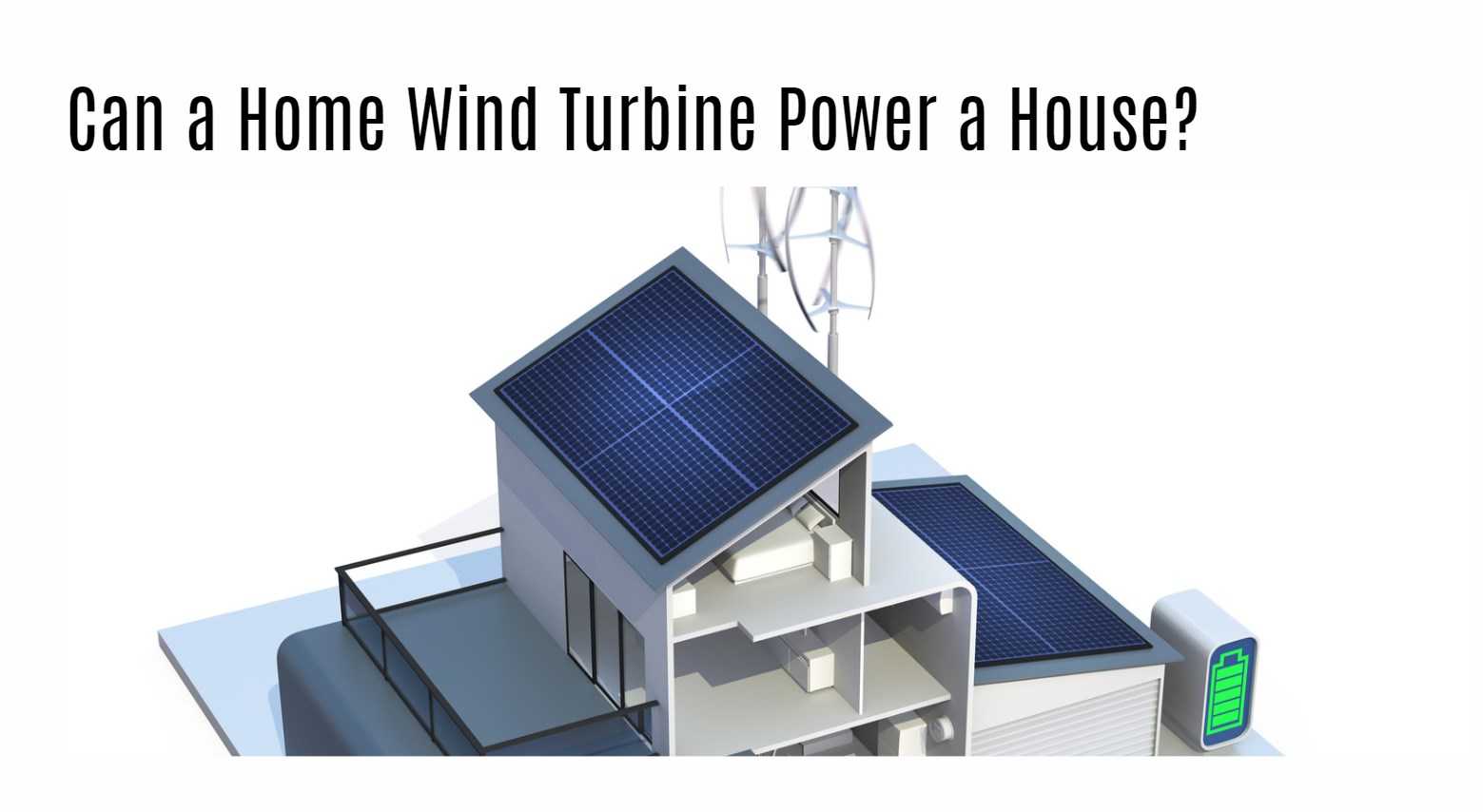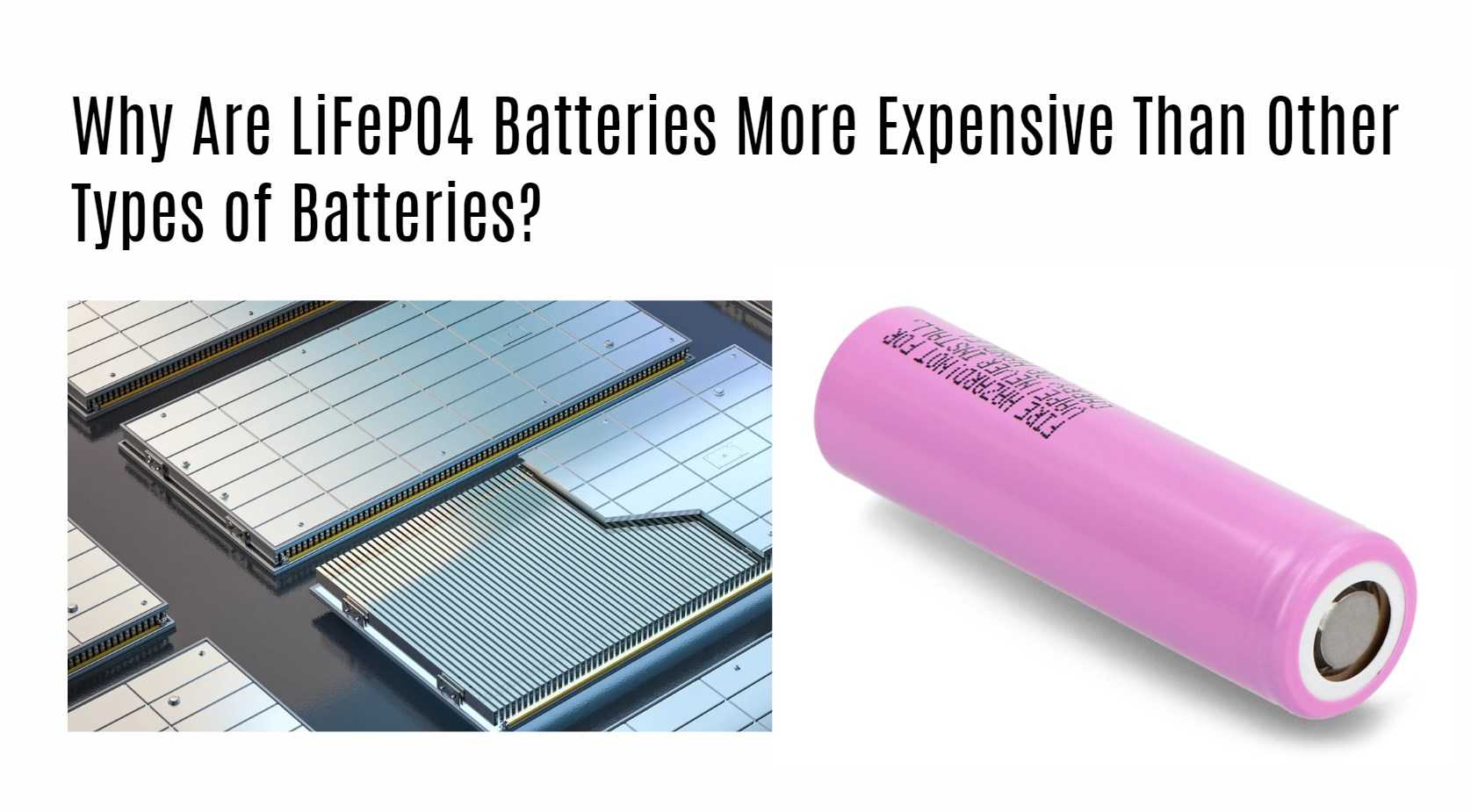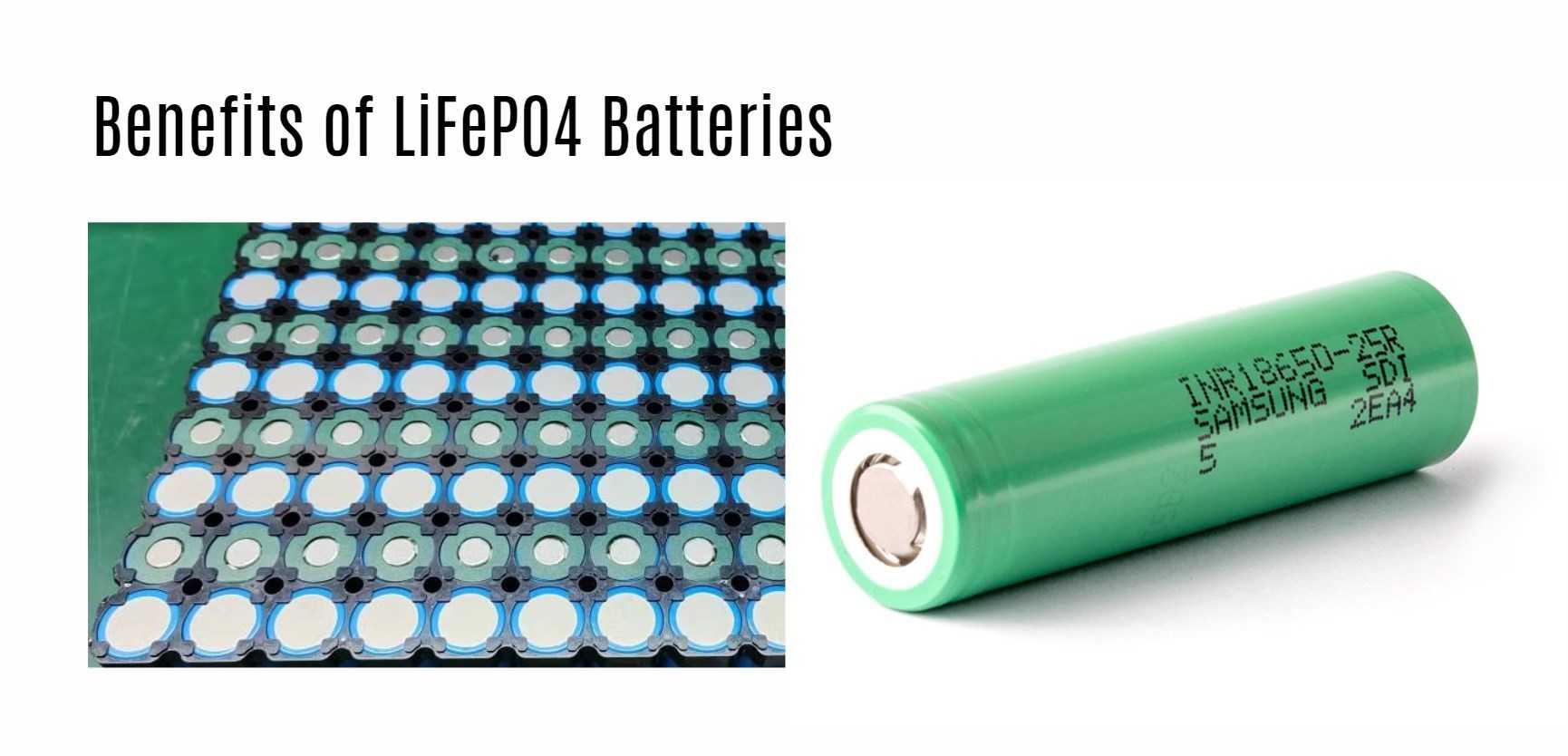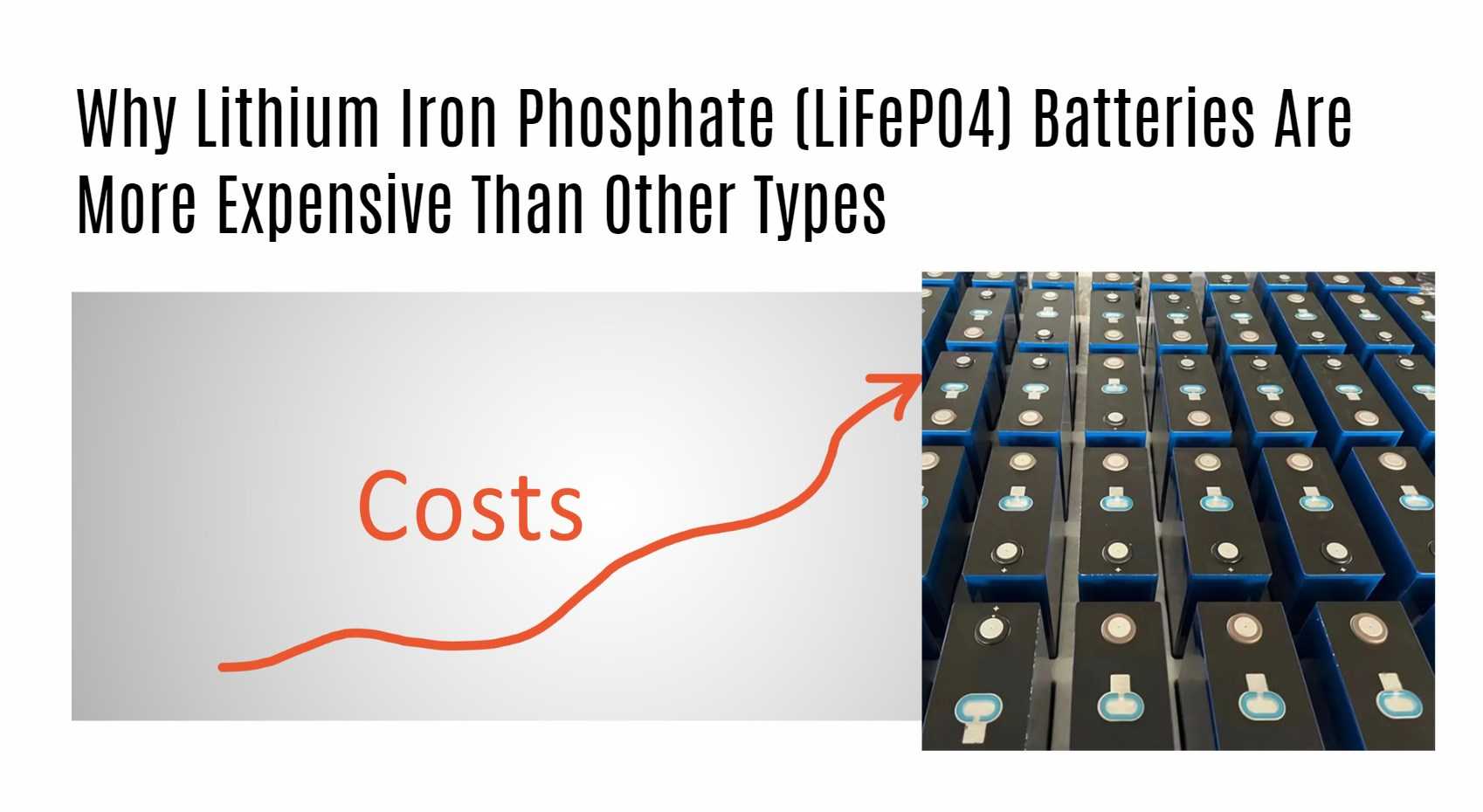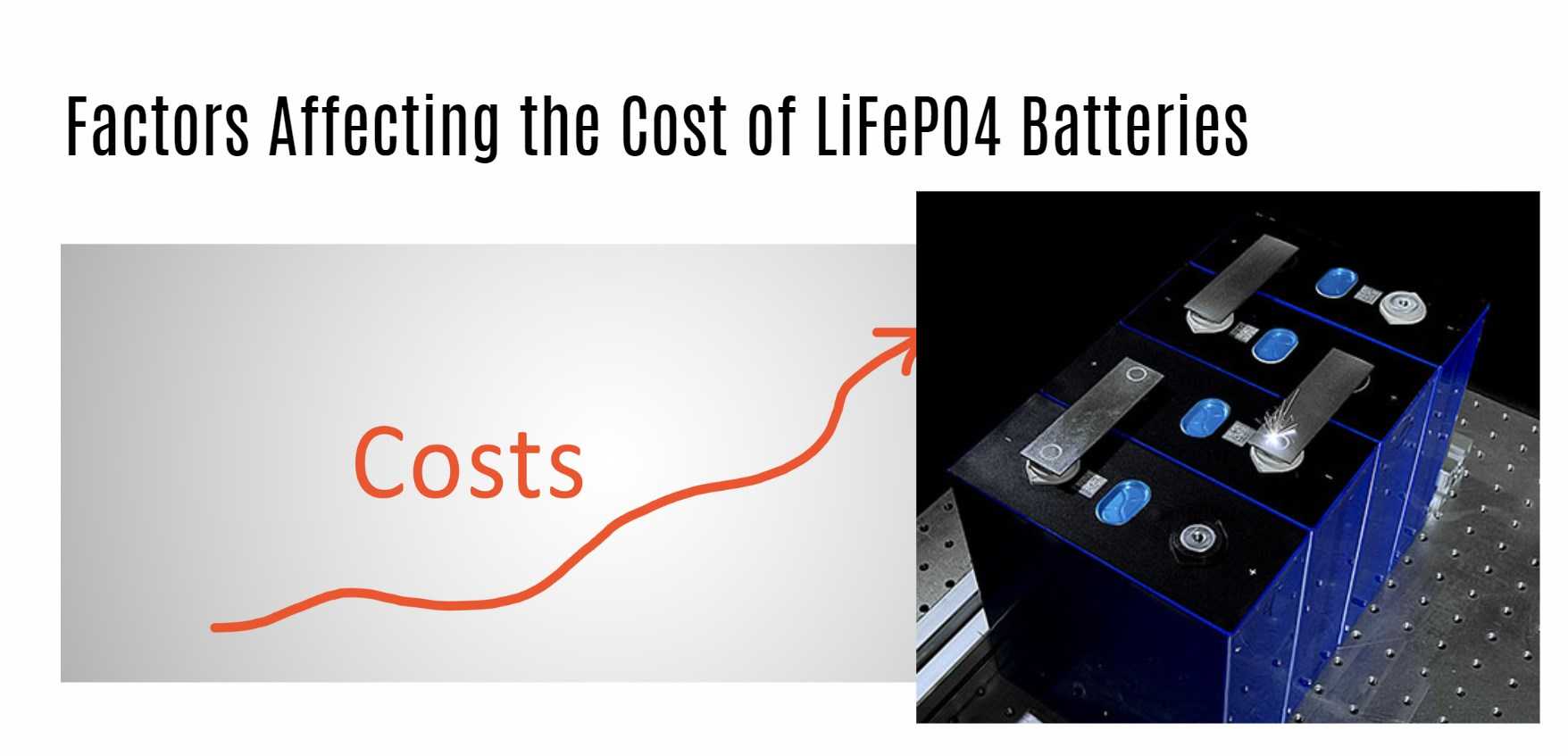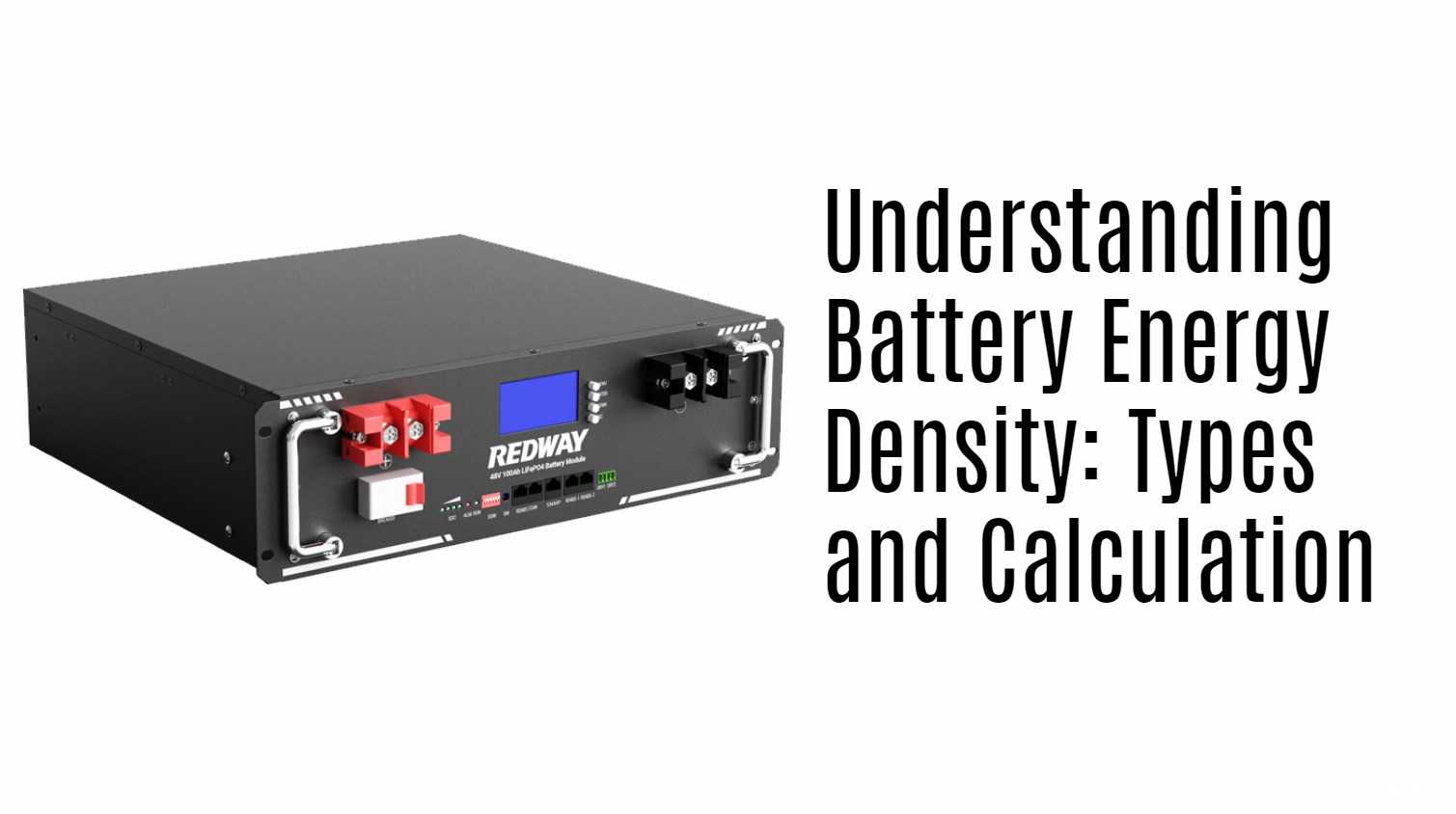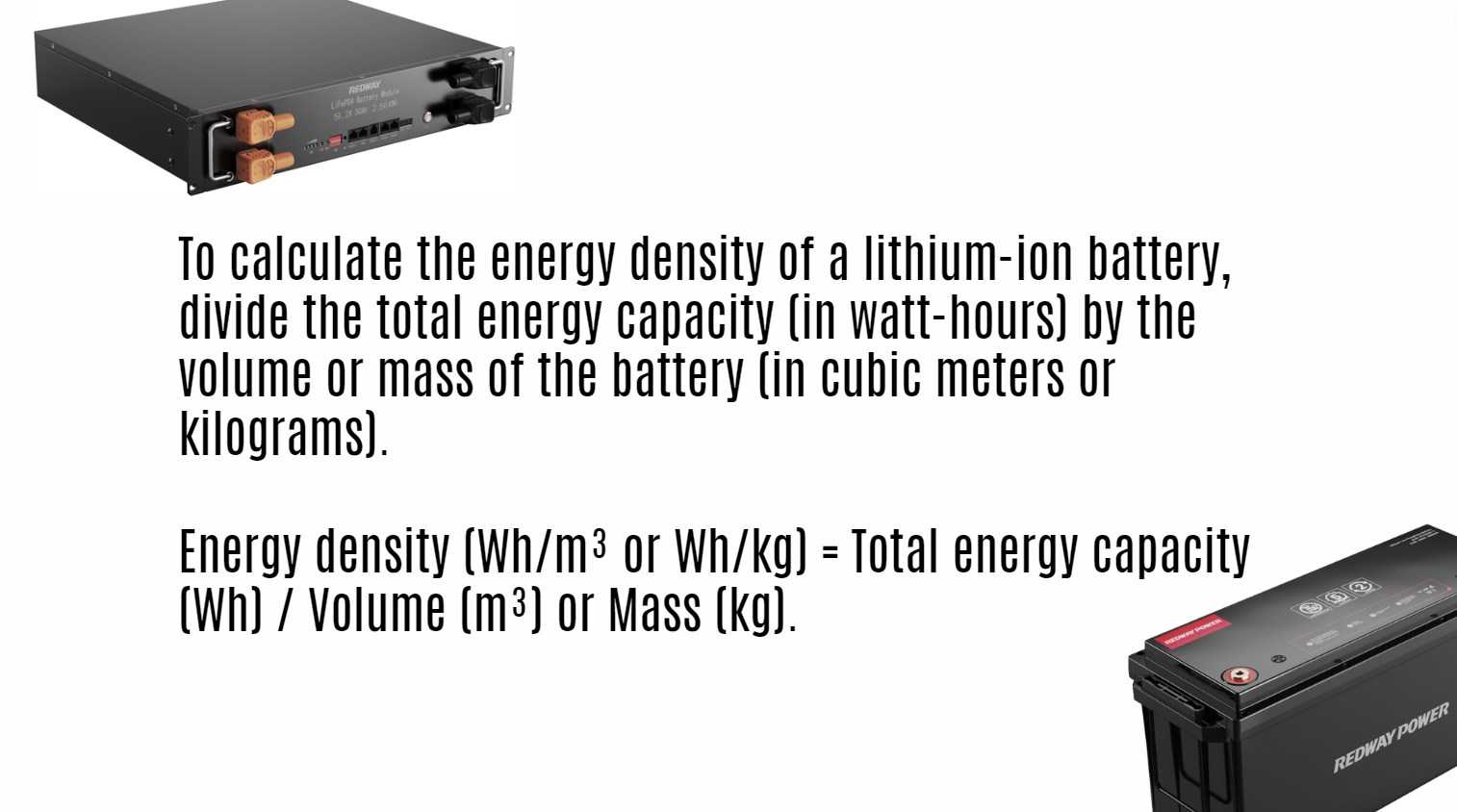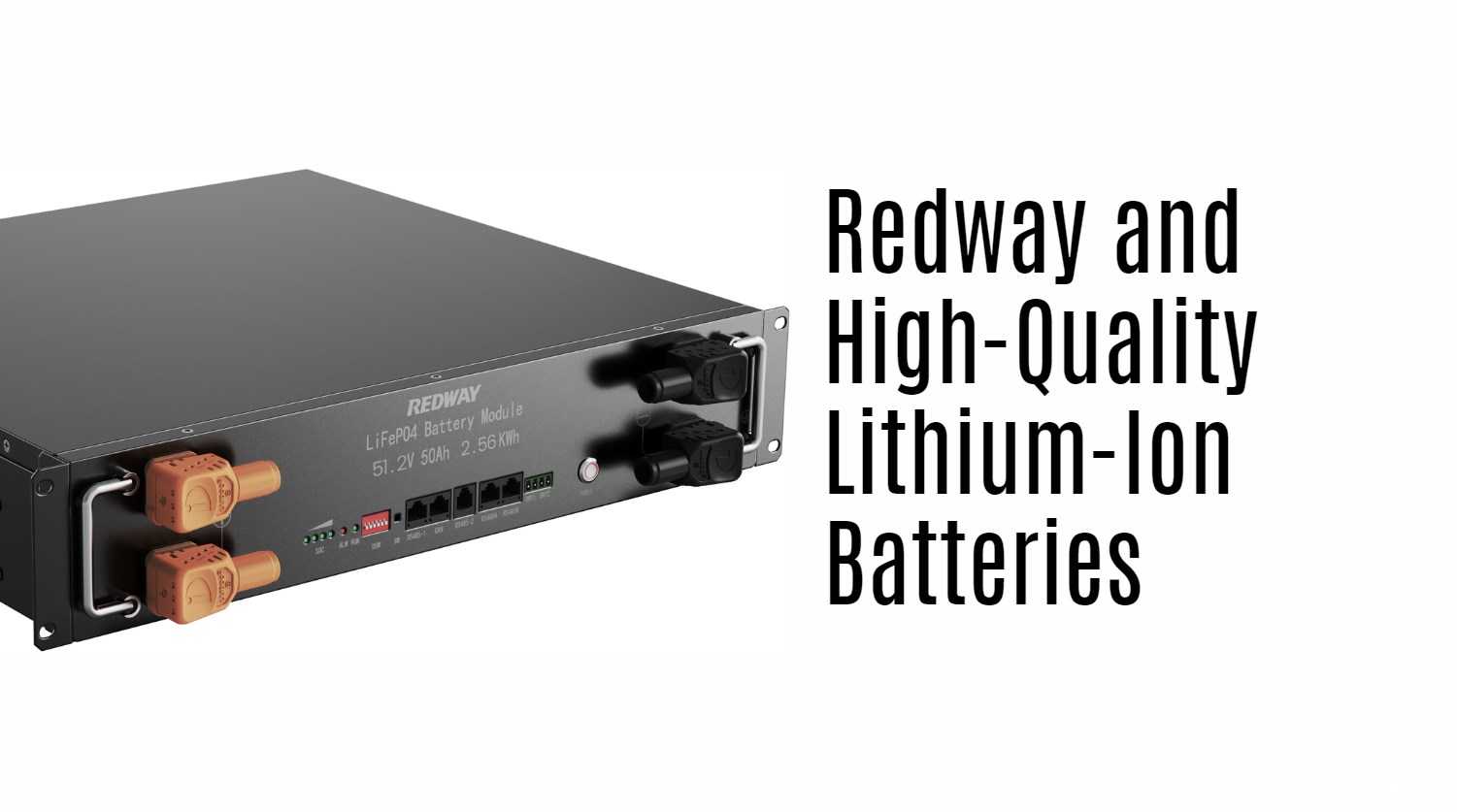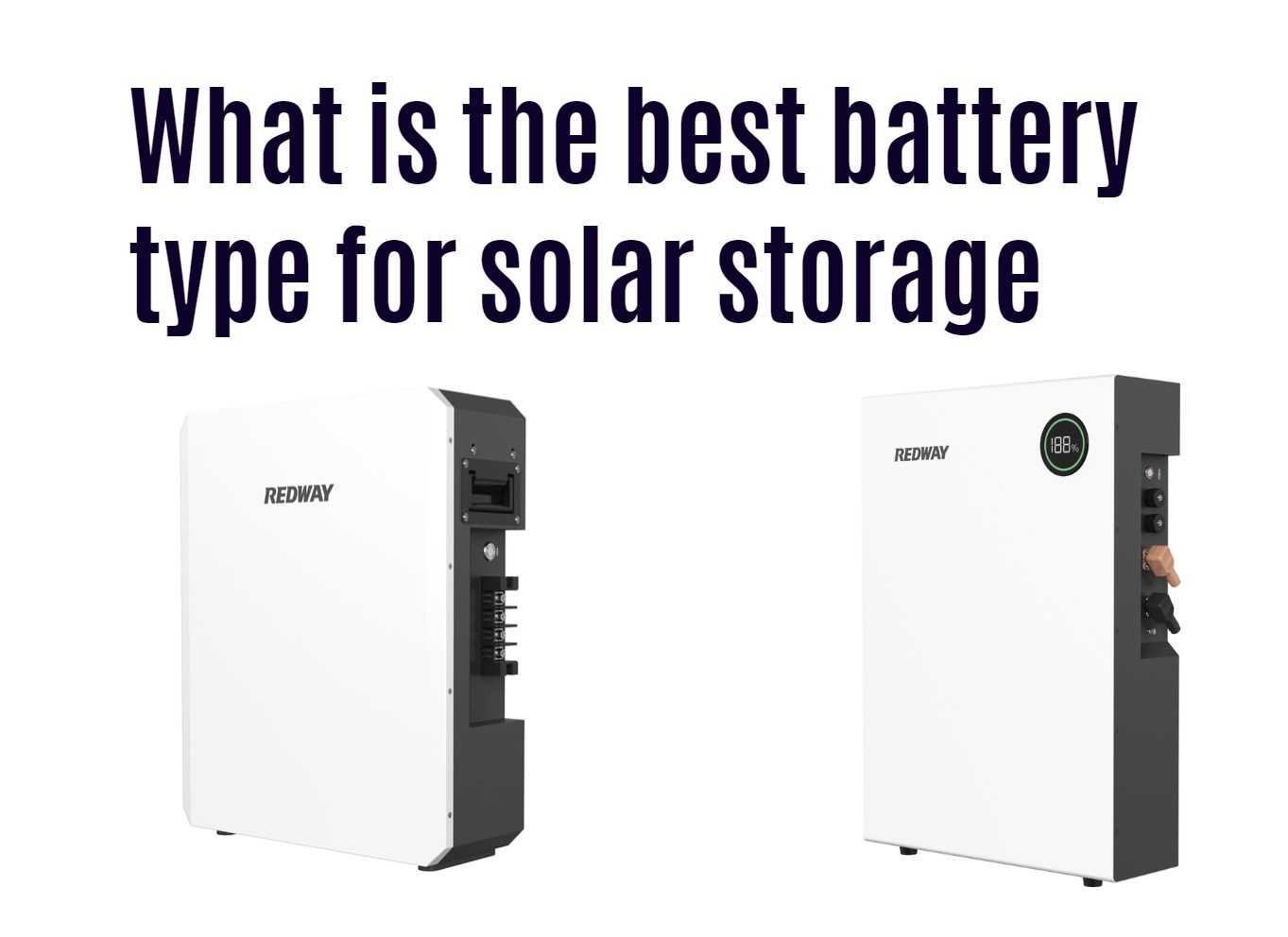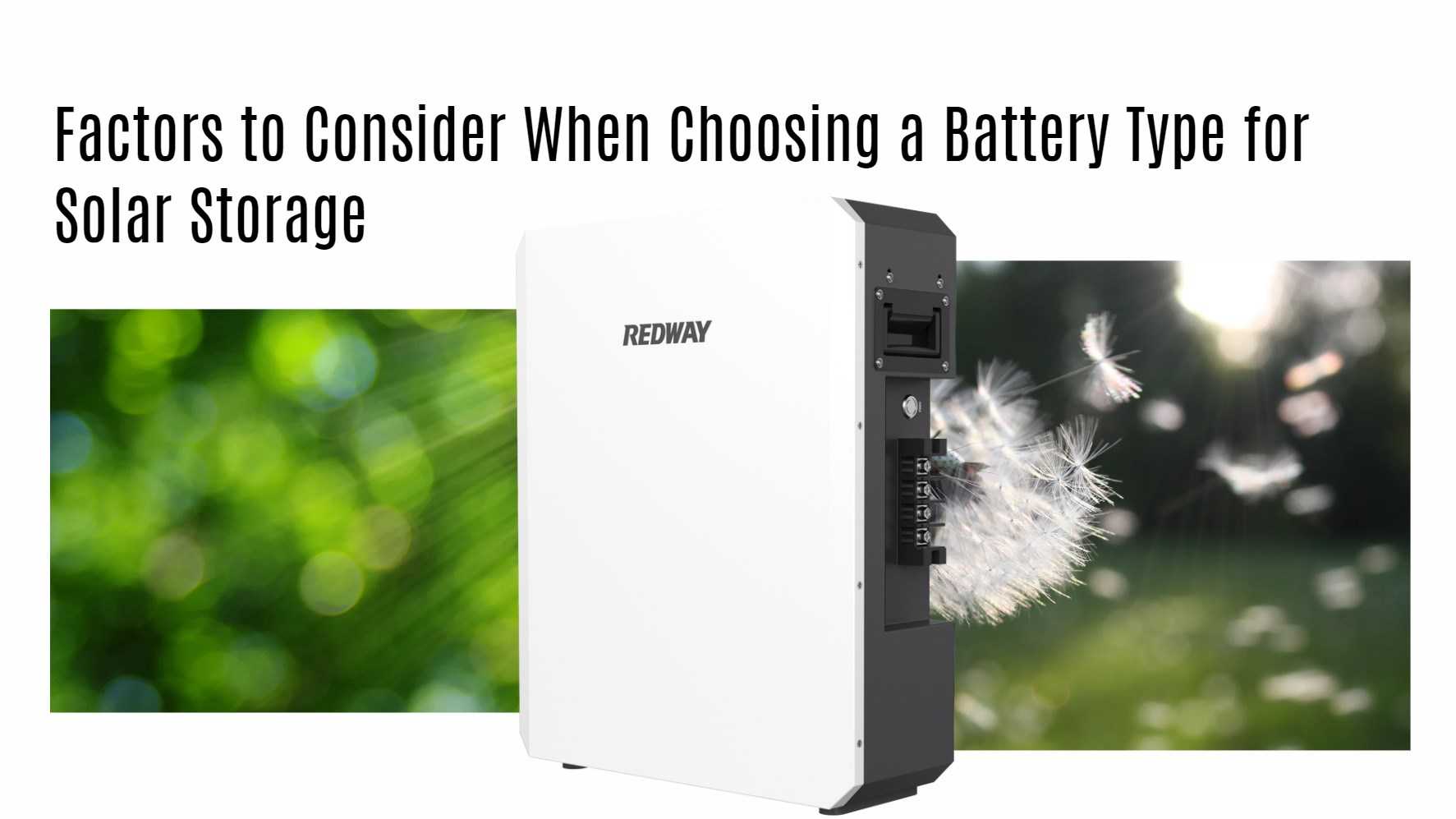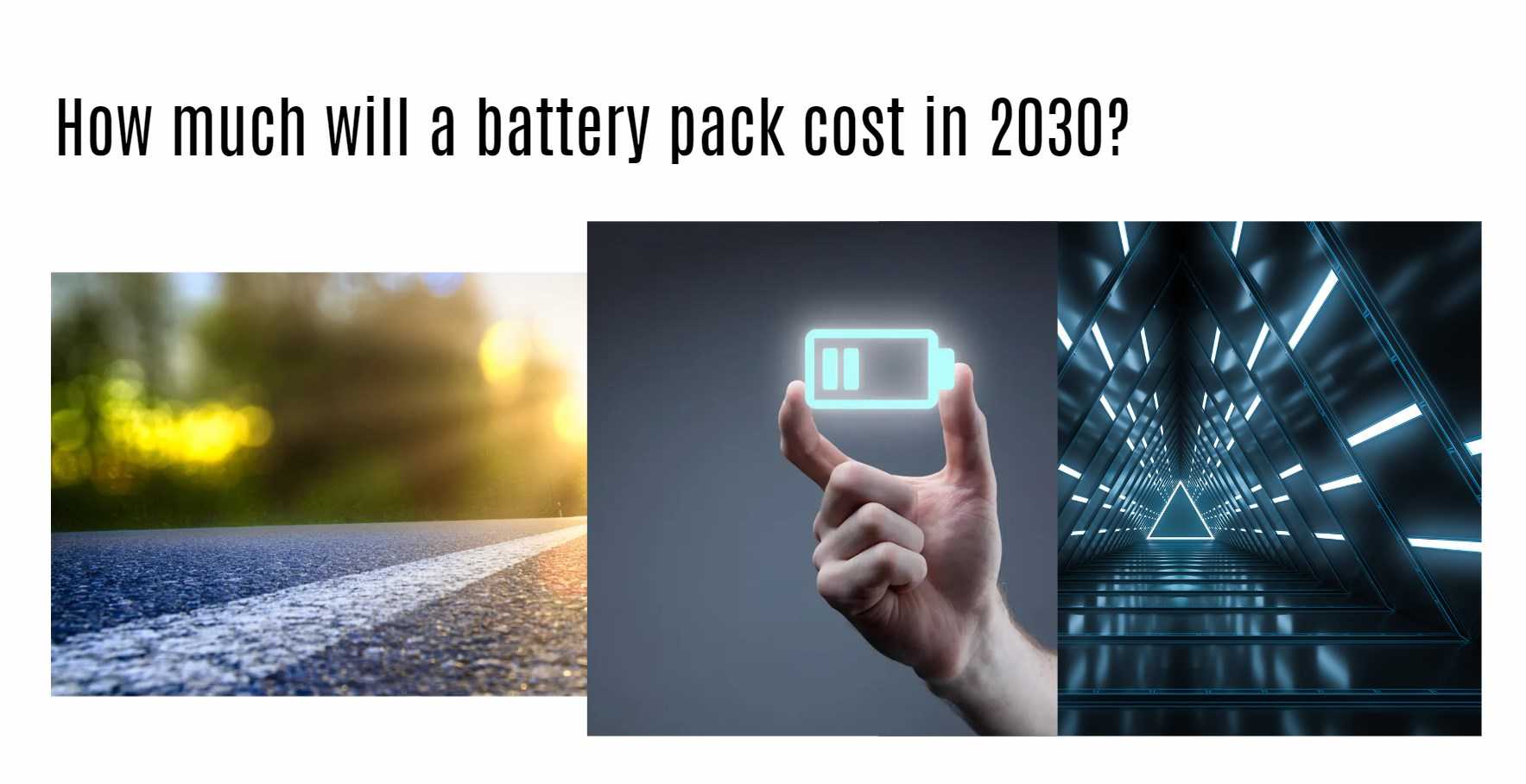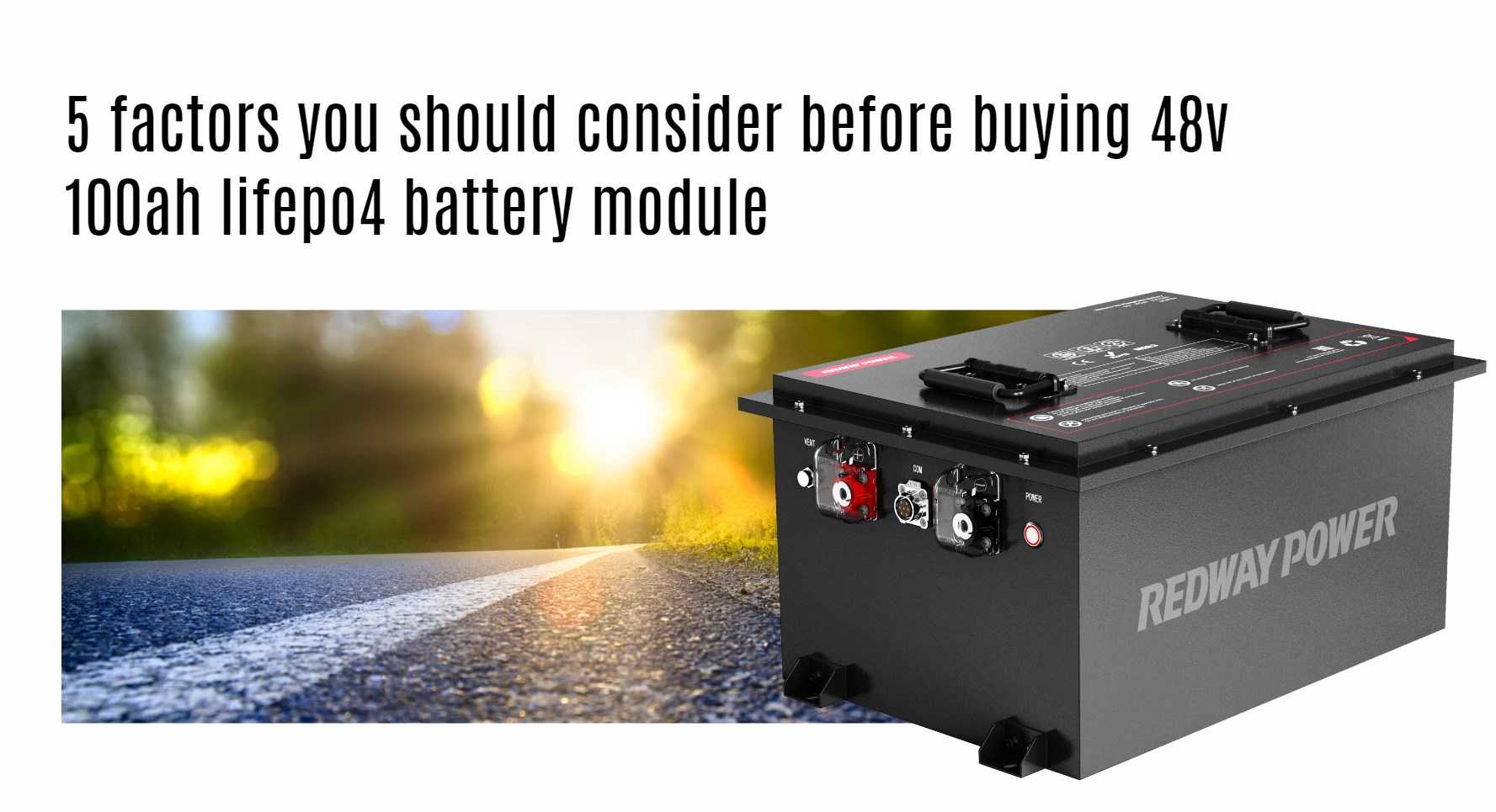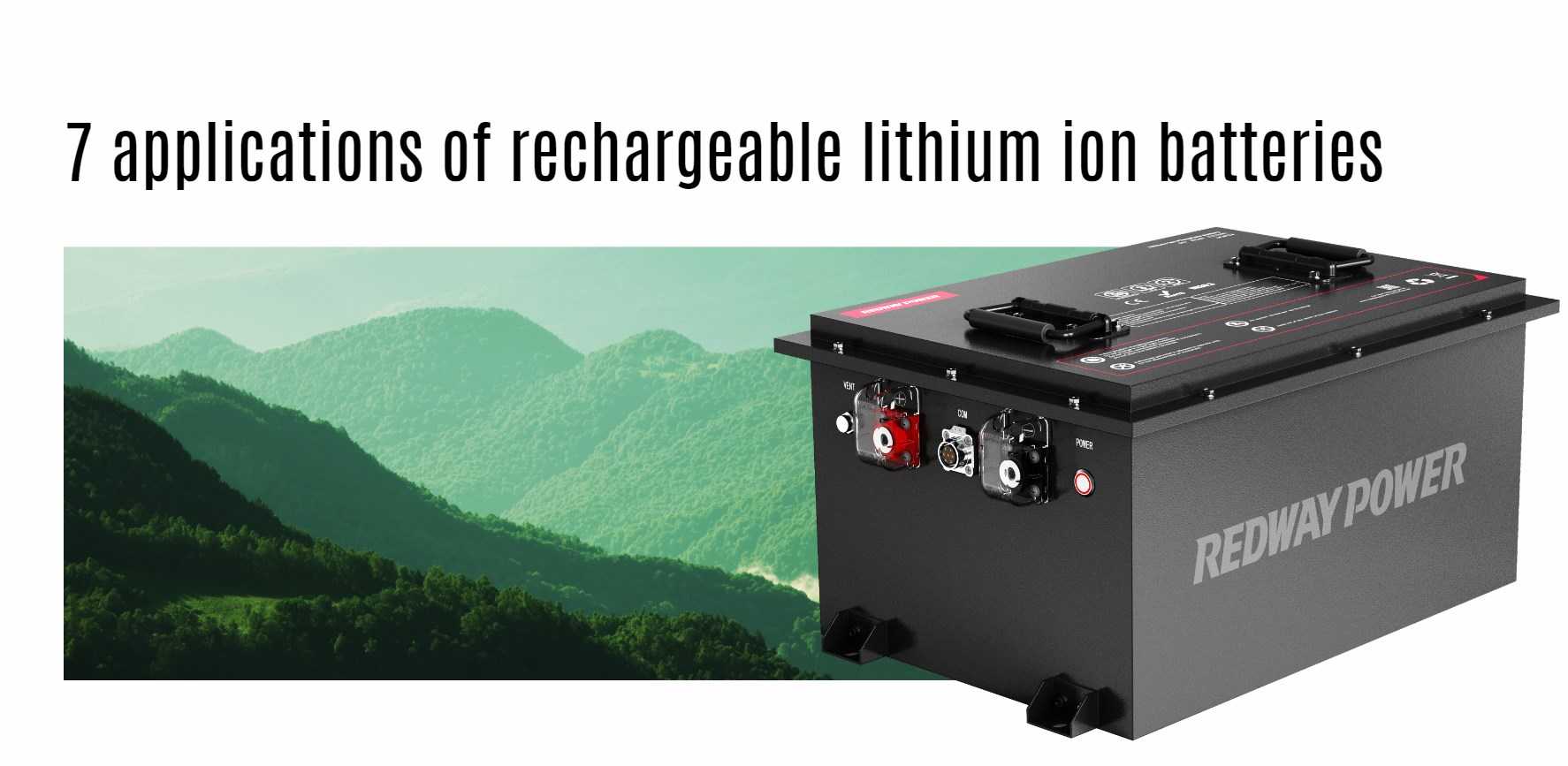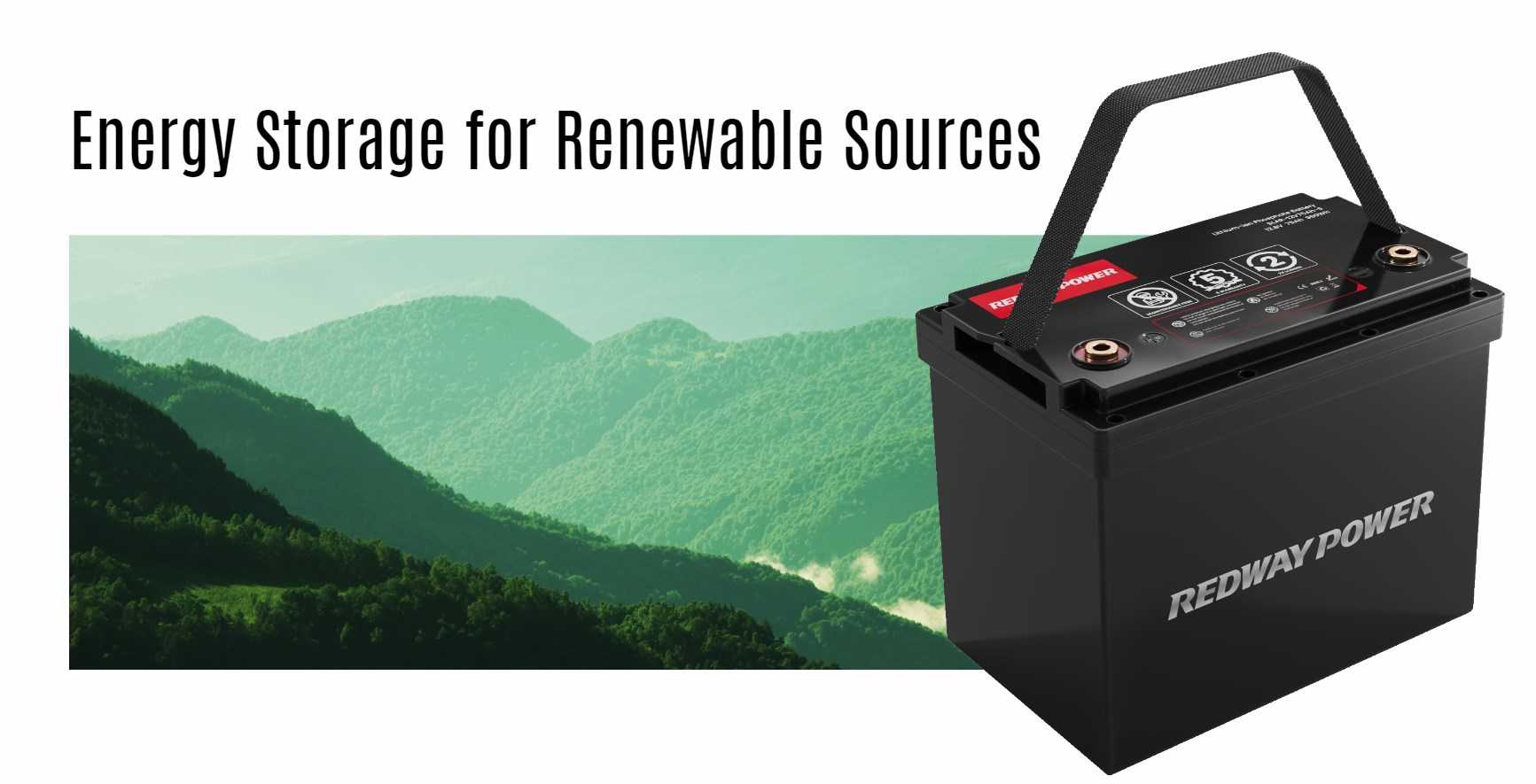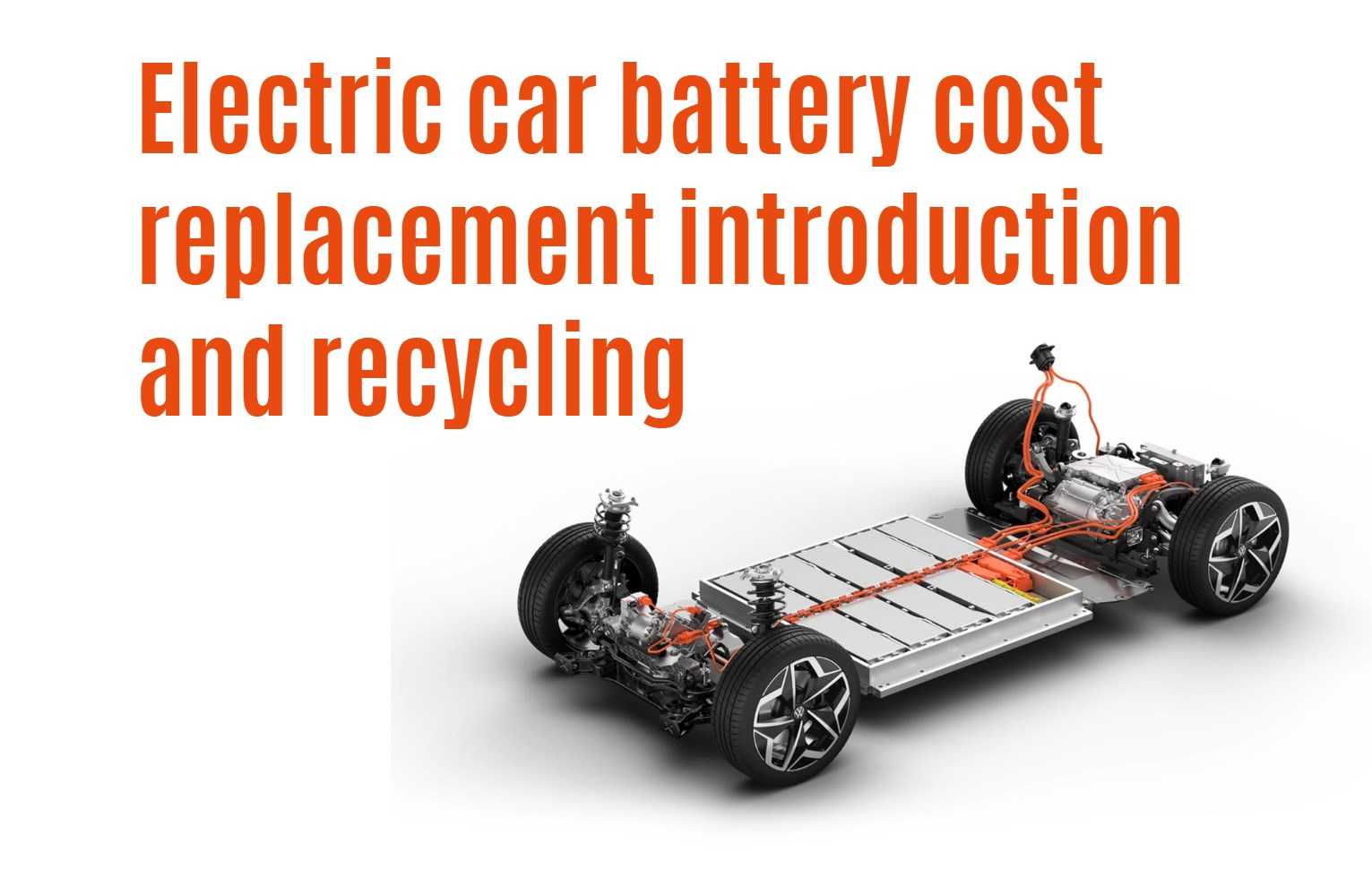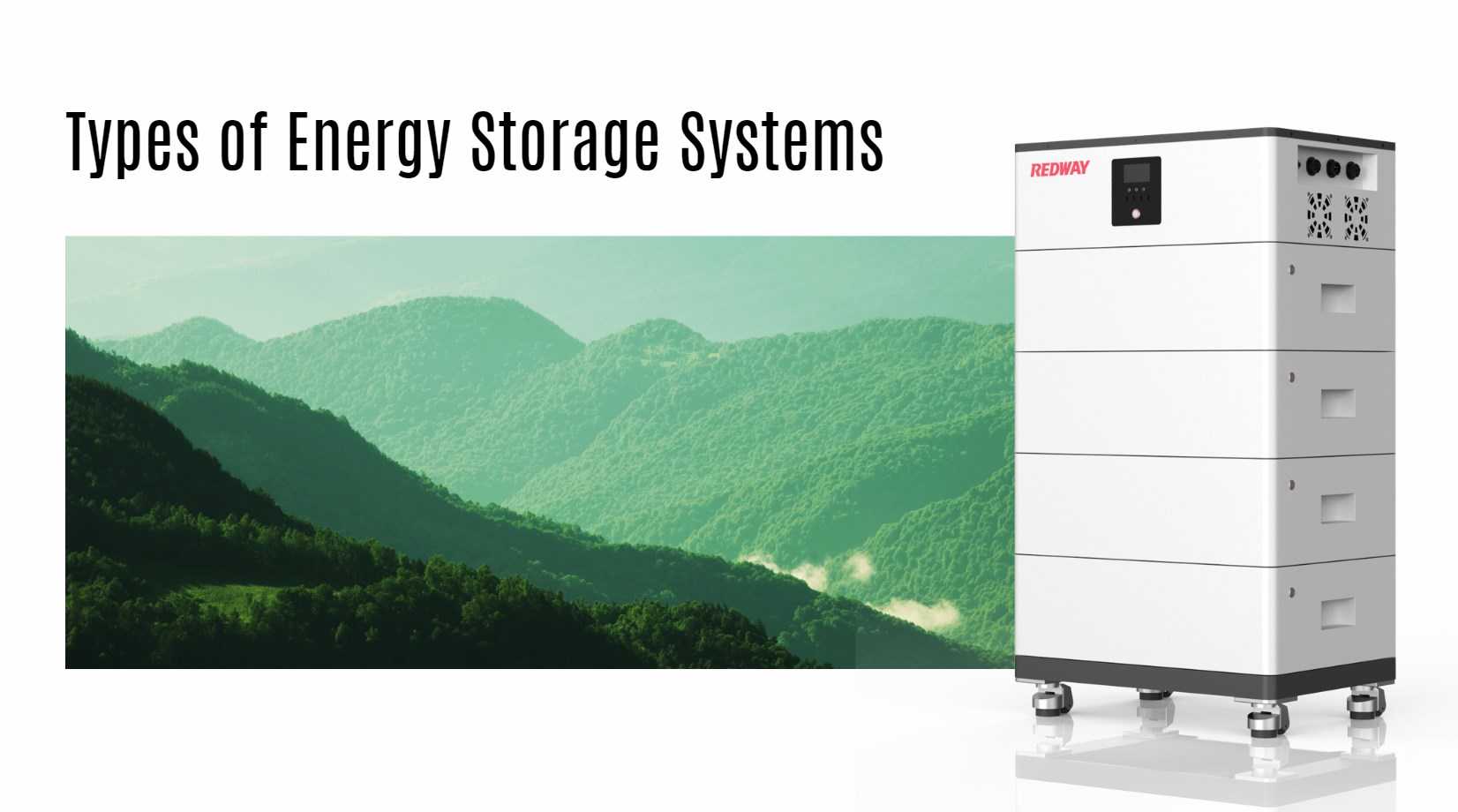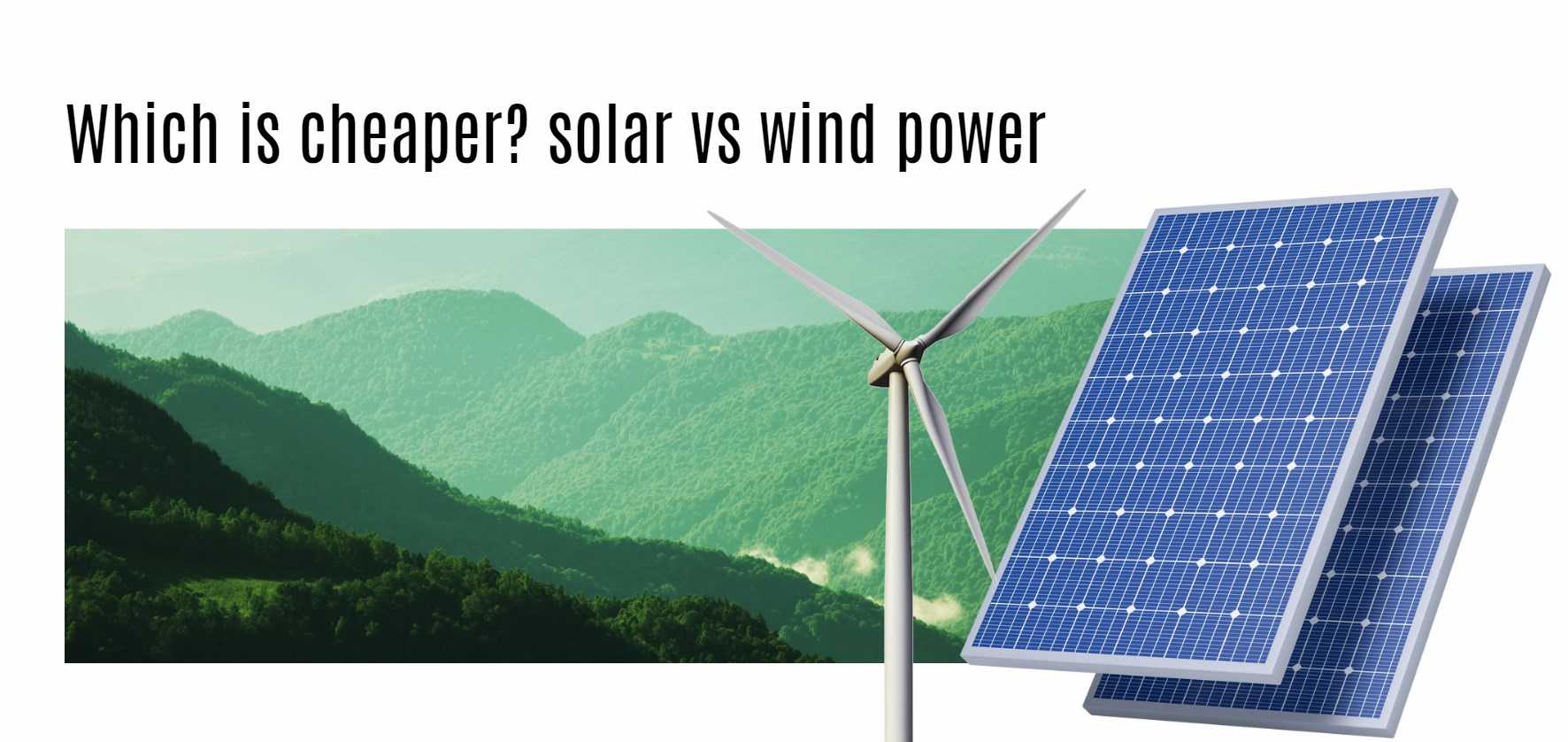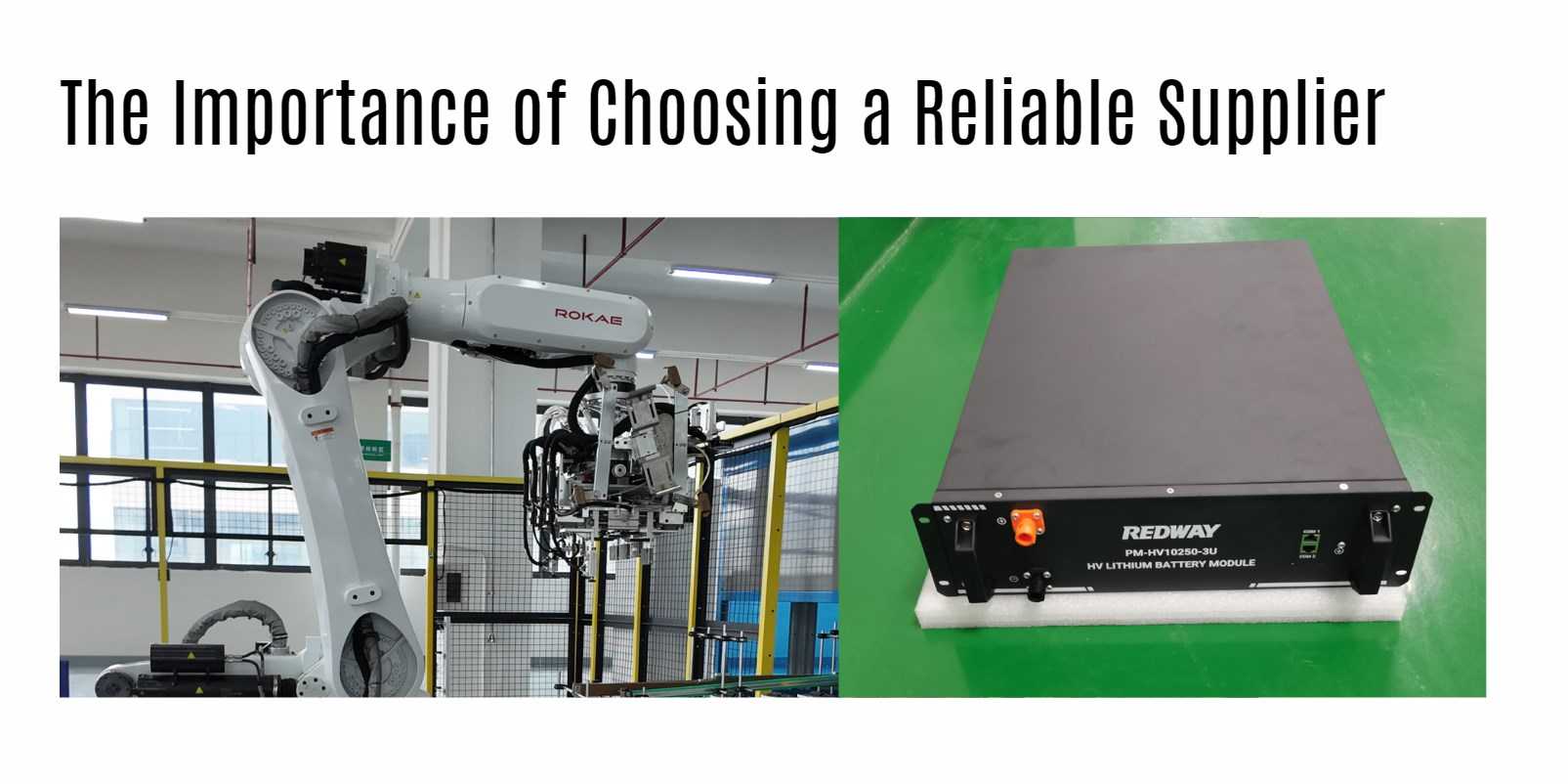Can a Home Wind Turbine Power a House?
Imagine harnessing the power of the wind to generate electricity for your home. Sounds like something out of a futuristic movie, right? Well, it’s actually very much a reality today with the use of home wind turbines. In this blog post, we’ll explore whether a home wind turbine can truly power a house and if it’s a viable option for sustainable energy in residential settings. Let’s dive into the world of renewable energy and see how wind can be harnessed to keep your lights on!
How Do Home Wind Turbines Work?
Home wind turbines work by harnessing the power of the wind to generate electricity for homes. When the wind blows, it causes the turbine blades to spin, converting kinetic energy into mechanical power. This rotational motion then drives a generator that produces electricity.
The amount of electricity generated depends on factors like wind speed and blade size. Higher wind speeds result in increased energy production, while smaller blades may not capture as much energy. Homeowners can store excess electricity in batteries for use when there is no wind or sell it back to the grid.
Modern home wind turbines are designed to be efficient and quiet, making them suitable for residential areas. By utilizing renewable energy sources like wind power, homeowners can reduce their carbon footprint and lower their utility bills at the same time.
Incorporating a home wind turbine into your sustainable energy strategy can help you become more self-sufficient and environmentally conscious.
Benefits of Using a Home Wind Turbine
Home wind turbines offer a range of benefits for homeowners looking to harness renewable energy. One key advantage is the potential cost savings on electricity bills in the long run. By generating your own clean energy, you can reduce your reliance on traditional power sources and lower your utility expenses.
Additionally, installing a home wind turbine can contribute to reducing carbon emissions and lowering your environmental impact. It’s a sustainable choice that aligns with eco-friendly practices and helps combat climate change.
Another benefit is the ability to generate power even in remote locations or areas with limited access to the grid. This can provide independence and resilience during power outages or emergencies, ensuring continuous electricity supply for essential needs.
Moreover, owning a home wind turbine allows you to take control of your energy production and increase self-sufficiency. You become an active participant in the transition towards renewable energy sources, making a positive contribution towards a greener future.
Factors to Consider Before Installing a Home Wind Turbine
When considering installing a home wind turbine, there are several important factors to take into account. You need to assess the average wind speed in your area; higher wind speeds will generate more electricity. Additionally, consider any zoning regulations or homeowner association restrictions that may impact installation.
Another crucial factor is the size of your property and its suitability for a wind turbine. You’ll also need to evaluate your energy needs and whether a wind turbine can meet them effectively. Financial considerations such as upfront costs, maintenance expenses, and potential return on investment should not be overlooked.
Moreover, think about the aesthetics of having a turbine on your property and how it may affect your surroundings. It’s essential to conduct a thorough feasibility study before making any decisions regarding installation. Consulting with professionals in the field can provide valuable insights into whether a home wind turbine is the right choice for you.
Potential Challenges and Solutions
Navigating the world of home wind turbines comes with its fair share of challenges. One common issue is the variability of wind strength and direction, which can impact energy production. Additionally, zoning regulations and homeowner association rules may restrict where you can install a turbine on your property.
Another challenge to consider is the initial cost of purchasing and installing a home wind turbine system. While it can be a significant investment upfront, there are various incentives and rebates available that can help offset these costs.
Maintenance is also key when it comes to keeping your turbine running smoothly. Regular inspections and upkeep are essential to ensure optimal performance over time. By staying proactive in addressing any issues that arise, you can maximize the benefits of using a home wind turbine for powering your house.
Other Sustainable Energy Options for Homes
Looking to power your home sustainably beyond wind energy? Solar panels are a popular choice, harnessing the sun’s energy to generate electricity. With advancements in technology, solar panels have become more efficient and affordable over time.
Hydroelectric systems utilize flowing water from nearby rivers or streams to produce electricity. While they may not be feasible for all homes due to location constraints, they can be a reliable source of renewable energy where applicable.
Geothermal heat pumps tap into the Earth’s natural heat underground to provide heating, cooling, and hot water for residential properties. This eco-friendly option offers consistent energy savings throughout the year.
Biomass boilers burn organic materials like wood pellets or agricultural waste to create heat and hot water for households. By utilizing renewable resources, biomass systems contribute to reducing carbon emissions while providing a sustainable heating solution.
Conclusion
When considering renewable energy options for your home, a wind turbine can be a viable choice to power your house. The benefits of using a home wind turbine are clear: it’s environmentally friendly, reduces electricity bills, and can even generate excess power to sell back to the grid. However, it’s essential to carefully assess factors like location, zoning regulations, installation costs, and maintenance requirements before diving into this sustainable energy source.
While challenges such as varying wind speeds and noise levels may arise with home wind turbines, there are solutions available to address these issues effectively. Additionally, exploring other sustainable energy options like solar panels or geothermal systems can provide alternative ways to reduce your carbon footprint while powering your home efficiently.
A well-planned and properly installed home wind turbine has the potential to significantly contribute towards powering your house with clean and renewable energy. By weighing the benefits against the considerations outlined in this article and making informed decisions based on your specific circumstances, you can take meaningful steps towards sustainability while enjoying the perks of generating your electricity from the power of the wind.
irst and foremost, the size and output of the wind turbine will determine how much energy it can generate. Generally speaking, a typical home wind turbine can generate between 1 and 10 kilowatts of electricity, depending on the model and location. This is enough to power some or all of the electrical needs of a typical household, but not necessarily all the time.
Another factor to consider is the location and wind conditions. Wind turbines work best in areas with consistent and strong winds, such as coastal regions or open plains. If you live in an area with low wind speeds or frequent calm periods, a wind turbine may not be a reliable source of energy for your home.
So, how can you make wind power work for your home? This is where Lifepo4 battery storage comes into play. By storing excess energy generated by the wind turbine in a battery bank, you can have a reliable and consistent source of energy for your household needs, even when the wind is not blowing. Additionally, using Lifepo4 batteries can help mitigate the variability of wind energy, allowing you to draw on stored energy during times when wind speeds are low.
Using a combination of wind power and Lifepo4 battery storage can provide many benefits for homeowners. First and foremost, it is a renewable source of energy that can help reduce your reliance on fossil fuels and lower your carbon footprint. Additionally, wind turbines can provide energy independence, allowing homeowners to generate their own electricity and potentially even sell excess energy back to the grid. Finally, using Lifepo4 batteries can help reduce energy costs and increase energy efficiency, as excess energy generated during off-peak times can be stored and used during peak hours.
It is important to note that the upfront costs of installing a home wind turbine and Lifepo4 battery storage system can be significant. However, over time, these costs can be offset by energy savings and potentially even energy sales. Additionally, the environmental benefits of using renewable energy sources like wind power and Lifepo4 batteries cannot be overstated.
In conclusion, a home wind turbine can certainly power a house, but the viability and benefits depend on several factors, including the size and output of the turbine, location and wind conditions, and the use of Lifepo4 battery storage. By working with a reputable and experienced manufacturer like Redway Battery, homeowners can explore the potential of wind power and Lifepo4 battery storage for their energy needs.

